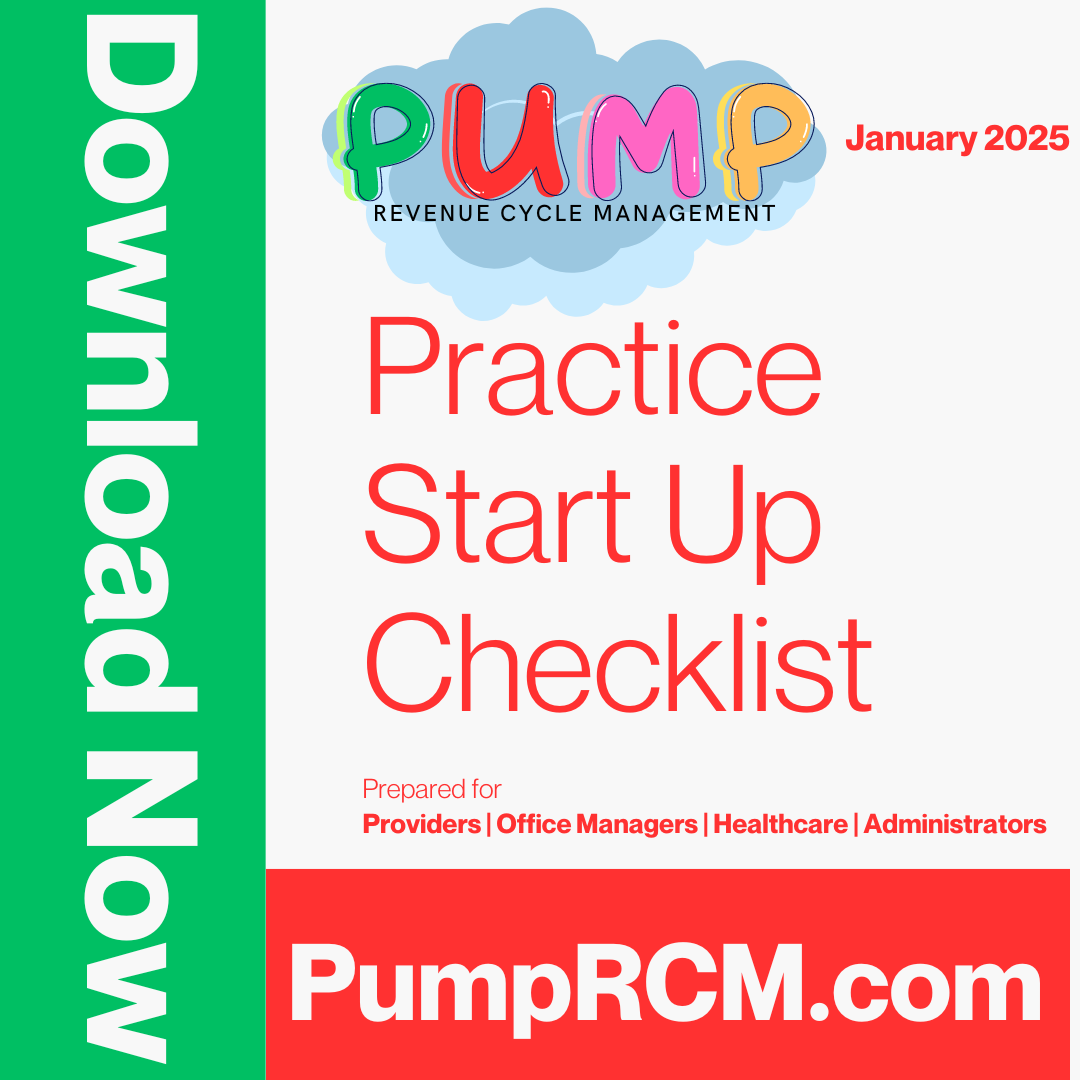How Healthcare RCM Solutions Streamline Billing and Collections
How Healthcare RCM Solutions Streamline Billing and Collections
Blog Article
A Comprehensive Guide on Exactly How Health Care RCM Functions to Simplify Payment and Collections
Navigating the intricacies of healthcare profits cycle management (RCM) is essential for service providers intending to boost their payment and collections processes. The overview unboxes the intricacies of RCM, from person registration to balance dues administration, offering understandings right into enhancing each action. Integrating innovative modern technology and standard procedures can substantially minimize insurance claim rejections and increase repayment cycles. Yet, real difficulty exists in perfectly merging these elements to boost capital. As we discover the core parts and strategies that drive performance, one question stays: exactly how can health care entities finest setting themselves to flourish financially in an ever-evolving sector?
Recognizing Revenue Cycle Management
Understanding the complexities of Profits Cycle Management (RCM) is necessary for medical care companies intending to enhance their economic efficiency. RCM is an important management feature that encompasses the entire financial process of individual treatment, from the initial consultation setting to the final settlement of the balance. It is a complex procedure made to determine, gather, and take care of the income from the solutions given to people. Reliable RCM guarantees that medical care providers get accurate and timely payments, minimizing the threat of income loss and enhancing capital.
The RCM procedure begins when a client routines a consultation and extends via the client's care trip, including payment and collections. A crucial purpose is to reduce the time in between obtaining and giving a service settlement, thus improving the company's economic health. RCM entails various functions such as client enrollment, insurance confirmation, cost capture, coding, asserts submission, settlement uploading, and handling denials and charms.
Secret Parts of RCM
In the world of Earnings Cycle Management (RCM), understanding its essential elements is essential to attaining monetary performance within health care organizations. RCM is a detailed process that includes various stages, each important to ensuring efficient billing and collections. The main components consist of patient registration, insurance verification, cost capture, coding, insurance claim submission, settlement posting, and balance due monitoring.


Once coded, claims are sent to payers, where precision is extremely important to avoid hold-ups or rejections - Healthcare RCM. Repayment uploading involves recording the obtained payments, which permits the reconciliation of accounts. Last but not least, receivables administration concentrates on monitoring and dealing with unpaid insurance claims, ensuring prompt follow-up and resolution
Each element of RCM is interconnected, and inadequacies in any kind of component can interrupt the entire cycle. As a result, mastering these components is necessary for healthcare providers to maximize profits and boost their monetary health.
Methods for Reliable Payment

Systematizing billing procedures throughout the company is one more key method. Establishing clear guidelines for paperwork, coding, and submission aids preserve consistency and compliance with regulatory requirements. Training staff routinely on these procedures makes sure every person is current with the most up to date modifications in invoicing codes and payer policies.
Accurate cost capture is necessary in protecting against income leak. Carrying out regular audits and tracking systems allows for the identification and adjustment of discrepancies prior to they affect revenue. In addition, preserving open lines of communication with payers aids to quickly resolve any conflicts or misunderstandings that might develop.

Last but not least, engaging individuals early in the billing procedure by offering clear price quotes and academic materials concerning their economic responsibilities can significantly minimize complication and improve settlement timeliness. These methods collectively add to an extra effective and monetarily healthy billing system.
Enhancing Collections Processes
A durable collections procedure is important for maintaining financial security within healthcare organizations. Offered the intricacies of clinical payment and the selection of payer needs, improving the collections procedure includes applying critical steps that make certain prompt and exact payment of solutions rendered. Central to this is the usage of technology to automate and enhance procedures, lowering hand-operated errors and enhancing efficiency. Automation devices can aid in tracking insurance claim statuses, sending out prompt pointers to individuals, and managing denials better.
Training personnel to recognize the subtleties of insurance coverage and billing More Info codes is similarly crucial. This expertise empowers them to resolve billing discrepancies rapidly and connect successfully with patients regarding their monetary obligations. In addition, clear and transparent individual interactions are critical. Giving in-depth explanations of fees and providing flexible layaway plan can enhance client complete satisfaction and punctual repayments.
Normal audits of the collections process need to be performed to recognize areas for renovation and guarantee conformity with regulations. By analyzing data, health care organizations can determine patterns, anticipate prospective problems, and adjust methods as necessary (Healthcare RCM). Eventually, a well-enhanced collections process not just supports economic health and wellness yet also adds to a more smooth experience for people and team alike
Optimizing Income Streams
Building upon the foundation of a strong collections process, medical care companies can even more boost their monetary stability by purposefully enhancing revenue streams. This includes a multi-faceted strategy, starting with an extensive evaluation of existing income resources to recognize inadequacies and locations for development. Utilizing innovative information analytics tools makes it possible for organizations to obtain understandings into payer mix, person demographics, and service application patterns, enabling data-driven choices that boost profits capture.
Implementing automated billing systems can dramatically lower errors and quicken claims processing, guaranteeing that revenue is collected a lot more successfully. Furthermore, maximizing payer agreements via routine settlements can boost reimbursement prices and terms, directly affecting the lower line. Diversifying service offerings, such as incorporating telehealth or health programs, can additionally attract a more comprehensive person base, thus increasing profits potential.
Another vital part is boosting client engagement a knockout post and satisfaction, as completely satisfied patients are Homepage most likely to abide by therapy plans and make prompt settlements. Offering adaptable settlement alternatives and transparent payment techniques can boost collections and foster individual commitment. Healthcare RCM. By adopting these techniques, healthcare companies can produce a much more resistant economic structure, guaranteeing continual development and security in an ever-changing sector landscape
Verdict
In final thought, health care Income Cycle Management (RCM) plays a critical role in enhancing billing and collections procedures by incorporating vital parts such as person registration, insurance coverage verification, fee capture, coding, declares submission, and receivable administration. By employing innovative innovation, systematizing procedures, and fostering patient engagement, healthcare carriers can substantially decrease claim denials, increase payment cycles, and boost capital. This extensive approach to RCM inevitably results in improved monetary efficiency and sustainability for health care companies.
The RCM process starts when a client schedules an appointment and prolongs through the patient's treatment trip, consisting of payment and collections.Another crucial component is boosting patient involvement and satisfaction, as pleased people are a lot more most likely to adhere to treatment plans and make prompt payments. Offering flexible payment options and clear billing methods can enhance collections and foster patient commitment.In final thought, healthcare Revenue Cycle Administration (RCM) plays an essential function in enhancing payment and collections procedures by integrating key parts such as person enrollment, insurance confirmation, cost capture, coding, declares entry, and accounts receivable administration. By using sophisticated technology, systematizing treatments, and fostering individual involvement, healthcare carriers can significantly decrease insurance claim rejections, speed up repayment cycles, and boost money flow.
Report this page